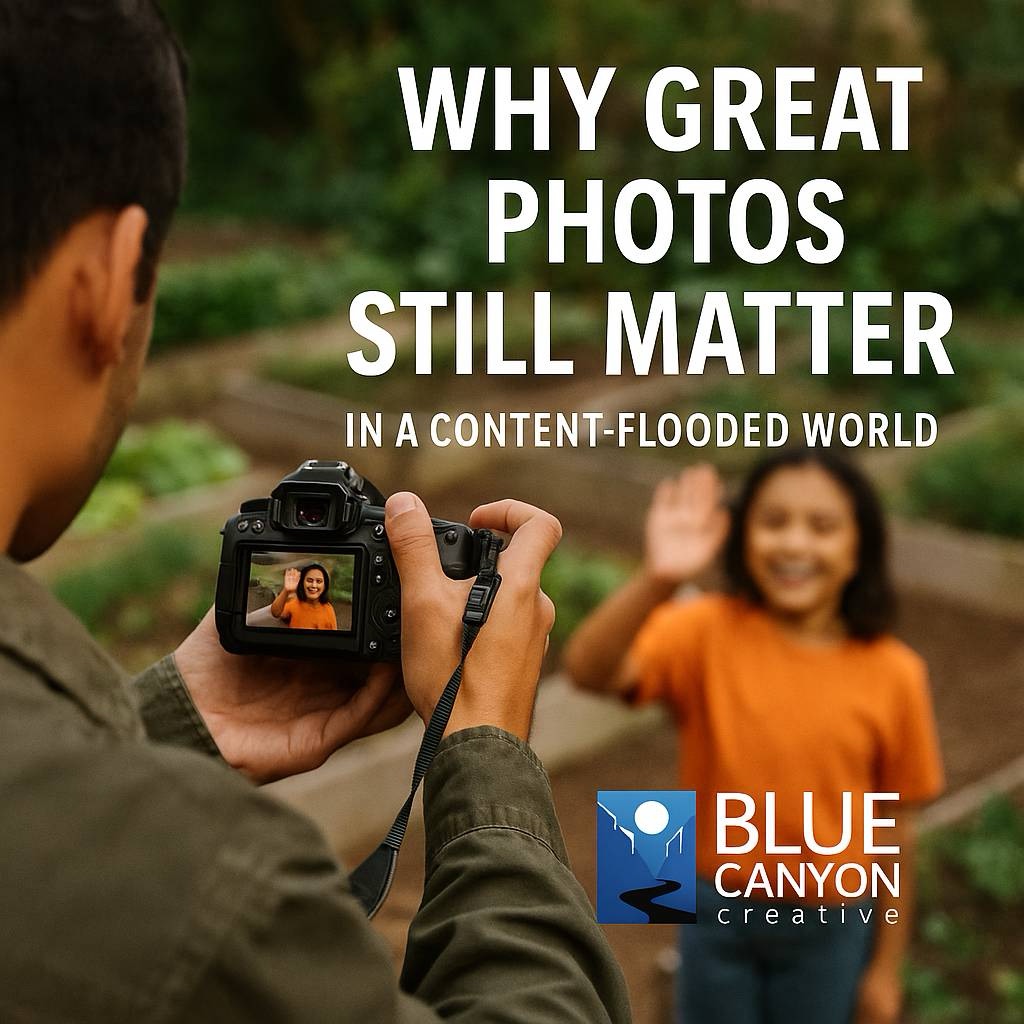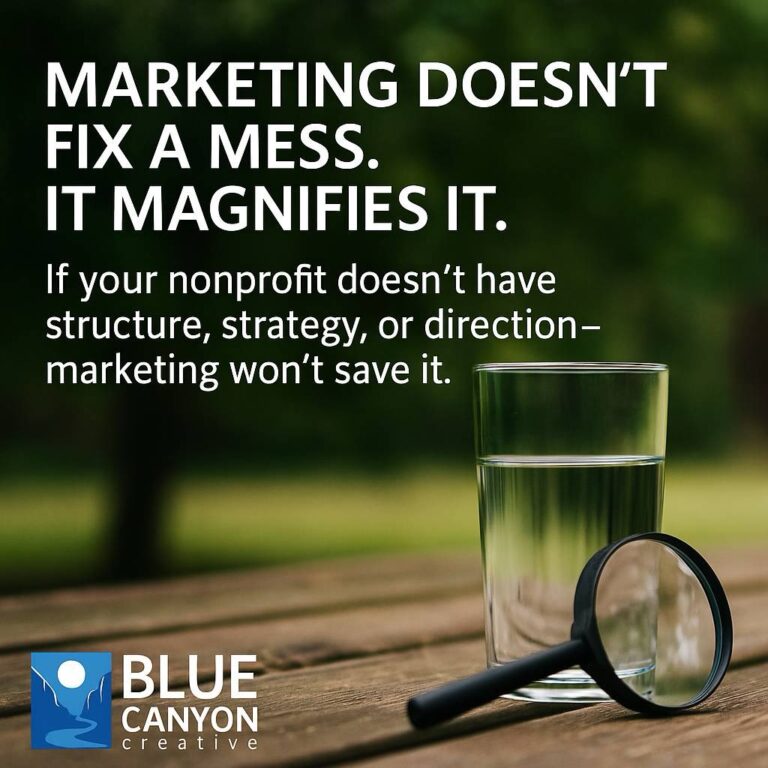Why Great Photos Still Matter in a Content-Flooded World

You’ve seen it—and you’ve probably felt it too. Scrolling through endless content, post after post, image after image. In a world oversaturated with digital noise, it’s easy to think great photos don’t matter anymore.
But here’s the truth: strong photography still cuts through the clutter. Especially for nonprofits.
When you’re asking someone to care—whether it’s about land conservation, educational equity, humanitarian aid, or Indigenous cultural preservation—your words need backup. And that’s where great photos come in.
Here’s why they still matter, and how to use them well.
1. Photos Create Instant Emotional Connection
Before someone reads your caption or clicks your link, they see your image. And that image either invites them in—or gets scrolled past.
A powerful photo can convey:
– Urgency without overwhelm
– Hope without hype
– Dignity without pity
It invites the viewer to feel something—and that emotion is what opens the door to trust.
2. Good Photos Reflect the Respect You Have for Your Mission
Blurry, poorly lit, or generic stock images don’t just look unprofessional—they undermine the seriousness of your work.
If your nonprofit is asking for donations, support, or volunteers, your visuals should reflect the same care and intention that you put into your mission.
That doesn’t mean you need a professional photographer every time—but it does mean being intentional with what you share.
3. Visual Storytelling Builds Trust Across All Niches
This applies whether you’re:
– A land trust showing before-and-after restoration efforts
– An archive preserving fragile history
– A youth nonprofit documenting a community project
– An aid organization highlighting daily outreach
People support what they understand—and they understand better when they can see it.
4. Your Photos Should Match the Tone of Your Messaging
If your brand voice is calm and reflective, your visuals shouldn’t feel loud or aggressive. If your work is urgent, your images should capture action or stakes—without veering into shock value.
Visual consistency strengthens your identity. Over time, people begin to recognize your aesthetic, your values, and your tone—all before they read a word.
5. You Don’t Need a DSLR to Get It Right
Great photos aren’t always about gear—they’re about intention. Even a smartphone can produce compelling imagery when you keep a few basics in mind:
– Natural light whenever possible
– Clean, uncluttered backgrounds
– Candid moments that tell a story
– Diverse representation that reflects your community
Set simple guidelines for your team or volunteers, and build a small library of go-to visuals.
6. Photography Gives Longevity to Your Content
When you invest in high-quality photos, you’re also creating evergreen assets. One powerful image can support:
– Multiple social media posts
– Website headers and landing pages
– Fundraising letters and grant applications
– Press releases or feature stories
Strong photography stretches far beyond a single post.
7. Ethical Representation Matters More Than Ever
Whether you’re capturing landscapes, elders, children, or community partners—always ask:
– Is this image respectful?
– Did we ask permission?
– Does it honor the dignity of the people or places shown?
Transparency and ethics in visual storytelling go hand-in-hand with building long-term trust.
Final Thought
You don’t have to be a professional photographer to make an impact. But in a world full of noise, your nonprofit’s visuals are one of your strongest trust-building tools.
People want to feel something real. A great photo does that. And when they feel it—they remember it.
Great visuals don’t just fill your feed. They tell your story.






